Roger Deakins CBE, ASC, BSC, is the Director of Photography behind 1917, which is the first film that was shot on the ALEXA Mini LF with the Signature Primes. Read what Deakins has to say about the new compact LF camera by ARRI.
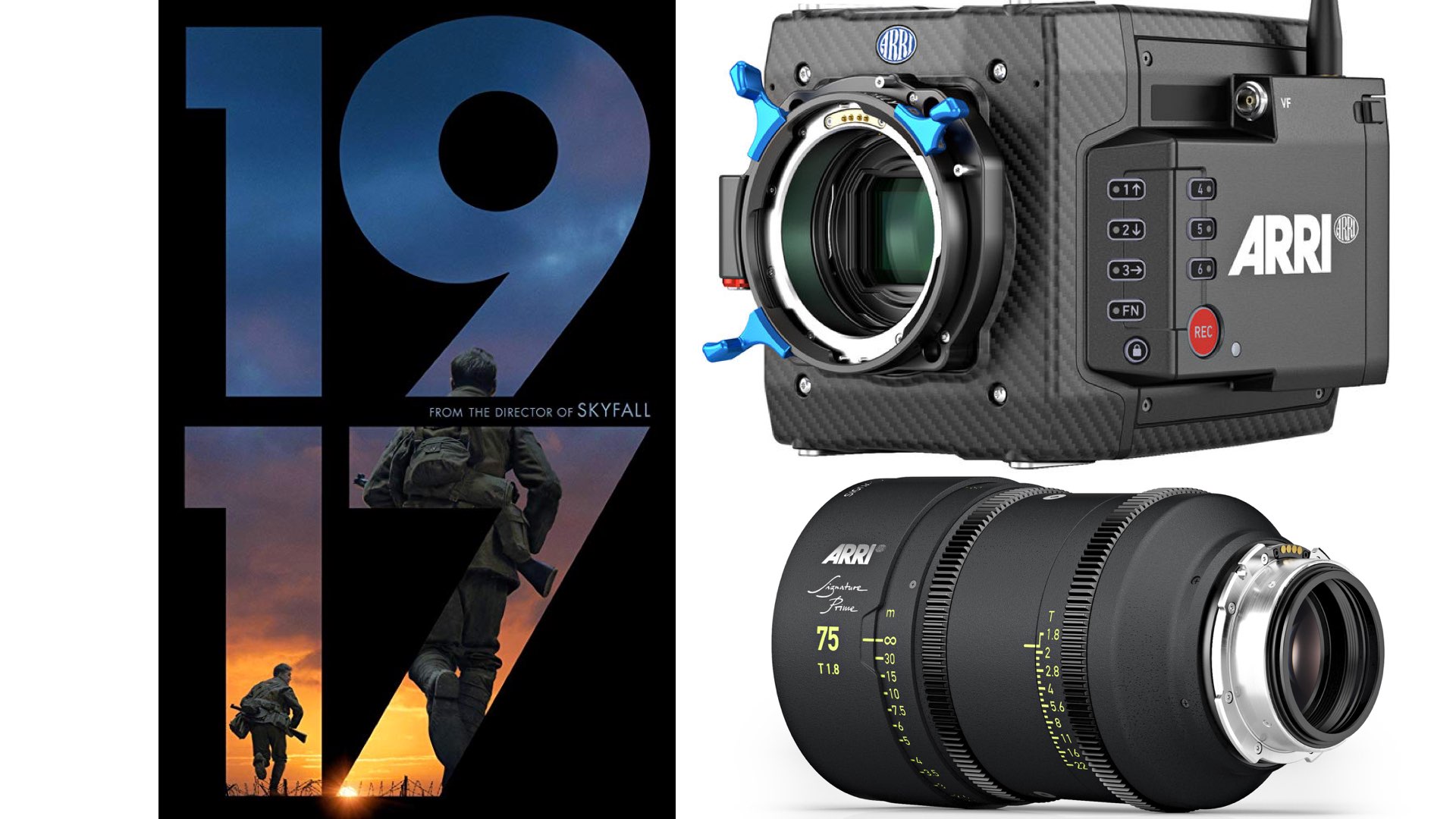
Netflix embraces the ARRI ALEXA Mini LF
Last week, Netflix updated its camera and image capture requirements, with a bunch of new cameras. The ARRI ALEXA Mini LF was among them, together with the new RED Ranger family. The URSA Mini Pro G2 with its BRAW was also included. This is another foot in the door for ARRI in a world dominated by the RED cameras. The ALEXA Mini LF is the 3rd ARRI camera which got approved by Netflix, together with the ALEXA 65 and the ALEXA LF. In case you are less familiar with the Mini LF, read this article to minimize the gaps.
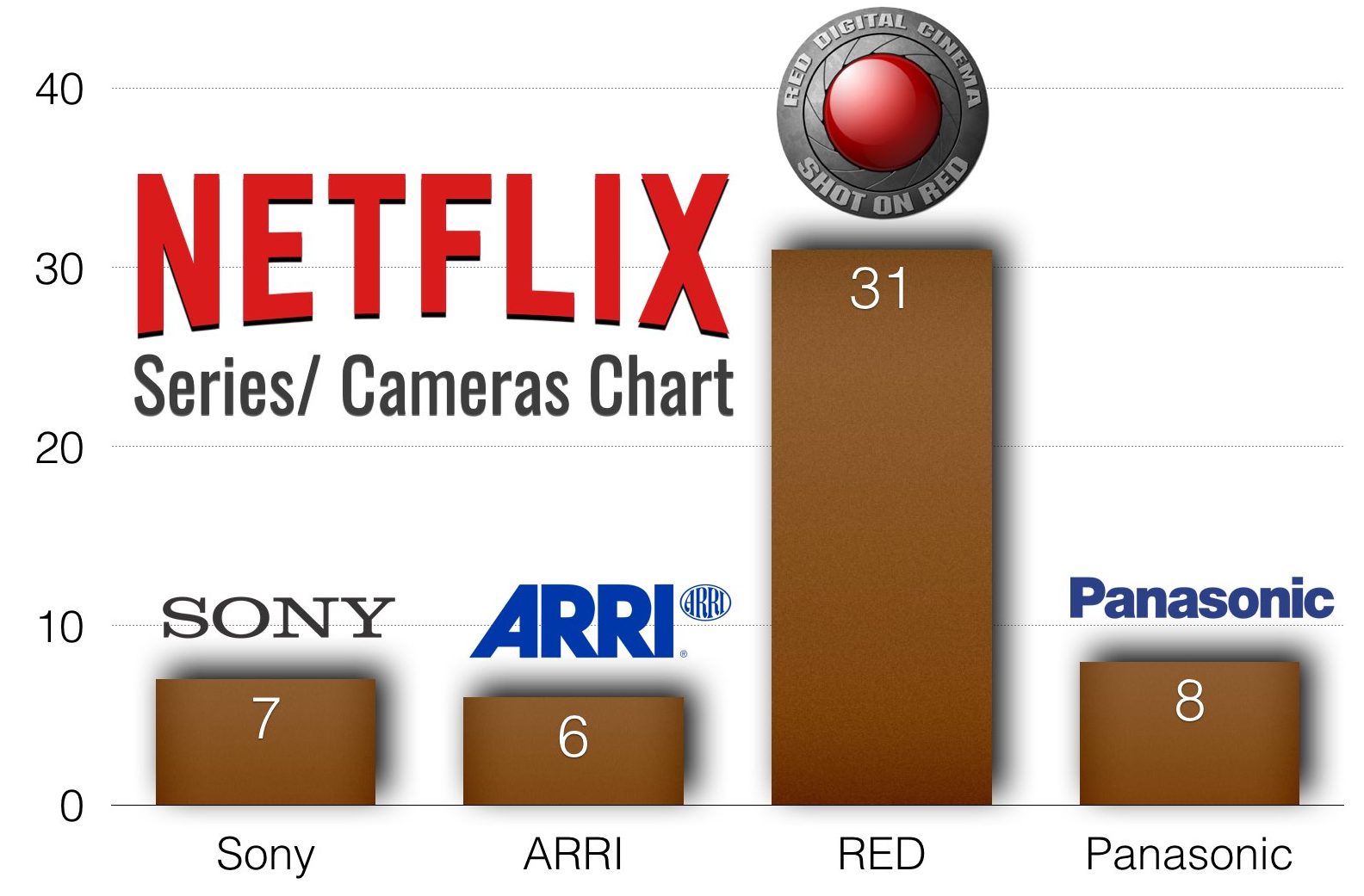
1917 film and DP Roger Deakins
1917 film is unique in the sense that it’s the first film that was shot on the new ALEXA Mini LF. We wrote here before about 1917 and its sophisticated cinematography approach (plus BTS footage). However, ARRI has released an interview with the DP Roger Deakins CBE, ASC, BSC, who was the first to receive a working prototype of the new camera. Let’s hear his insights.
Taking closeups without distortion
Deakins says that he loves the LF format because you can shoot a close-up on a 40mm lens, and it doesn’t have the distortion of the 35 or 32 mm lens, but it has the field of view somewhere between a 35 and a 32.
I don’t like shooting close-ups of people on wide lenses. A 40 mm is very comfortable, I think, for shooting a close-up unless you’re going intensely close
1917 DP- Roger Deakins
Explanation: For the same angle of view on LF vs. super 35 (assuming there is no change in the T-stop, shutter angle, and distance), you will have to use longer focal lenses, which means you will get more bokeh since the factor is about 1.5. Thus, you see 1.5 more in LF than in super 35, which means you will get a shallower depth of field, and faces will look better due to compression. LF facilitates intimate shots and makes them more compressed and beautiful.
“I don’t like shooting close-ups of people on wide lenses. A 40 mm is very comfortable, I think, for shooting a close-up unless you’re going intensely close,” Deakins adds.
In simple words, you can get closer to your subject without distortion of the faces when using longer lenses. Furthermore, the large sensor allows the privilege of enhanced bokeh. Generally speaking, The large format allows a more natural look (if the human eye is a reference).
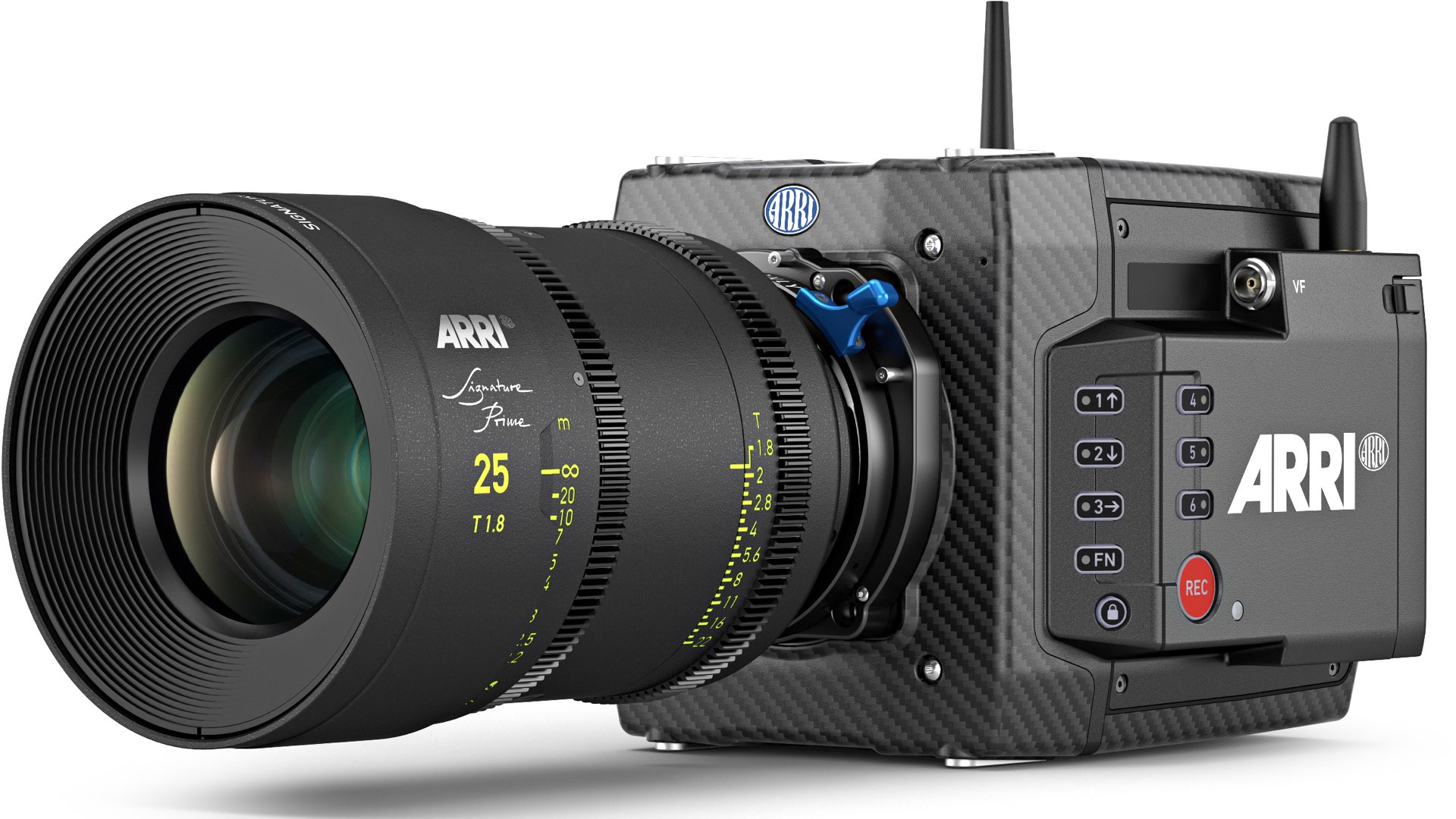
As I get older, they get smaller and lighter
DP Roger Deakins
Low-light performance and lack of digital noise
According to Deakins: “I was blown away, with the LF, by the difference if you shoot 1,600, or 3,200…you get a certain amount of noise at 3,200, but it’s minimal”. Reduction in noise is one of the most significant advantages when shooting in a large format. Less noise is derived from the larger number of photosites, as explained: ISO 16,000 on the ALEXA LF is equivalent to ISO 800 on the ALEXA Mini.
Compact structure
Deakins emphasizes that compact design of the mini LF: “As I get older, they get smaller and lighter,” says Deakins. That summarizes one of Mini LF’s benefits compared to its bigger brother, the ALEXA LF. By the way, if you’d like to learn more about the differences between the two, check out the table comparison table below:
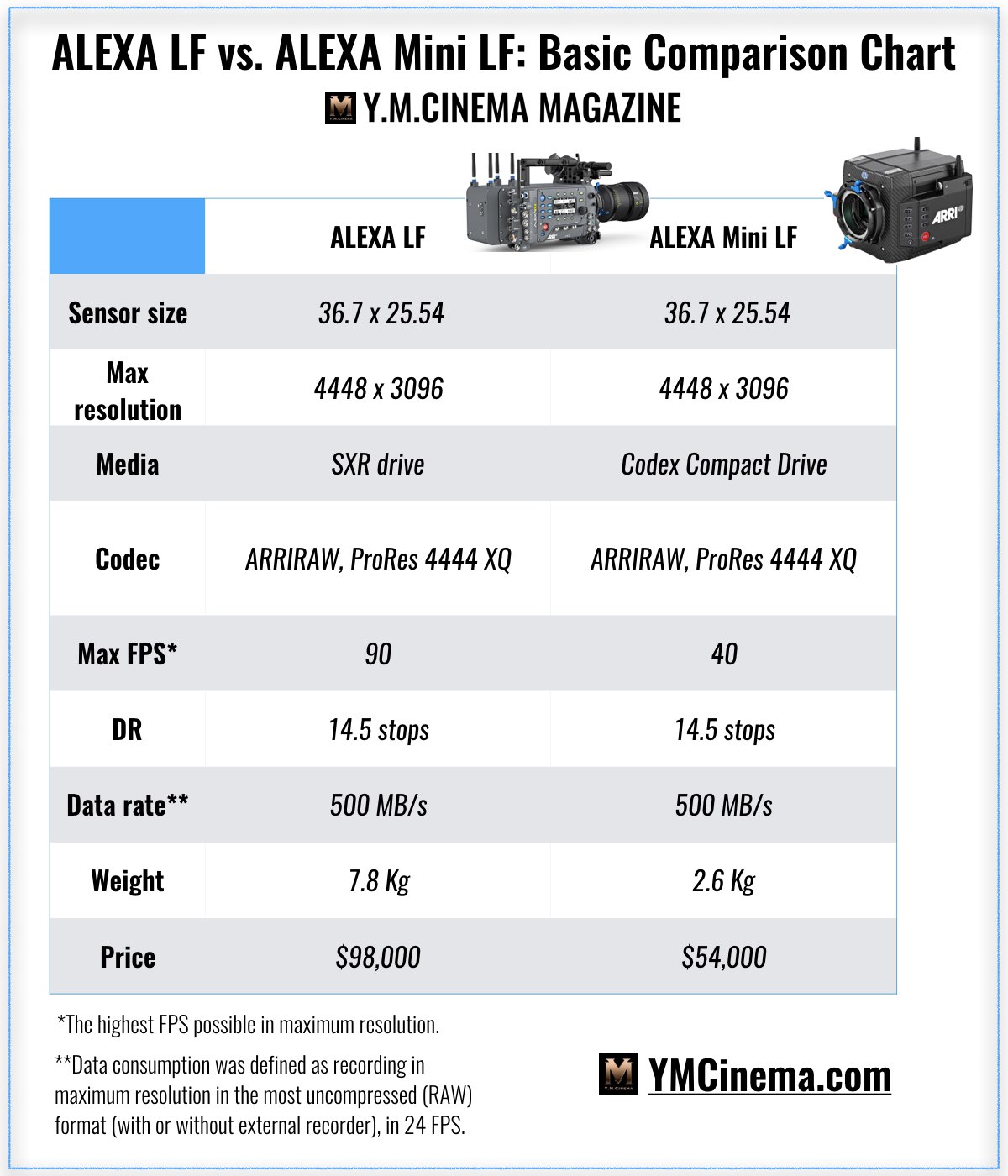
Signature Primes
The lenses paired with the Mini LF were the Signature Primes. According to Deakins, the main characteristic of the Signature Primes is minimal breathings and distortion, together with a clean and sharp image. “I don’t like vignetting; I don’t like breathing…. Can’t stand flares”.
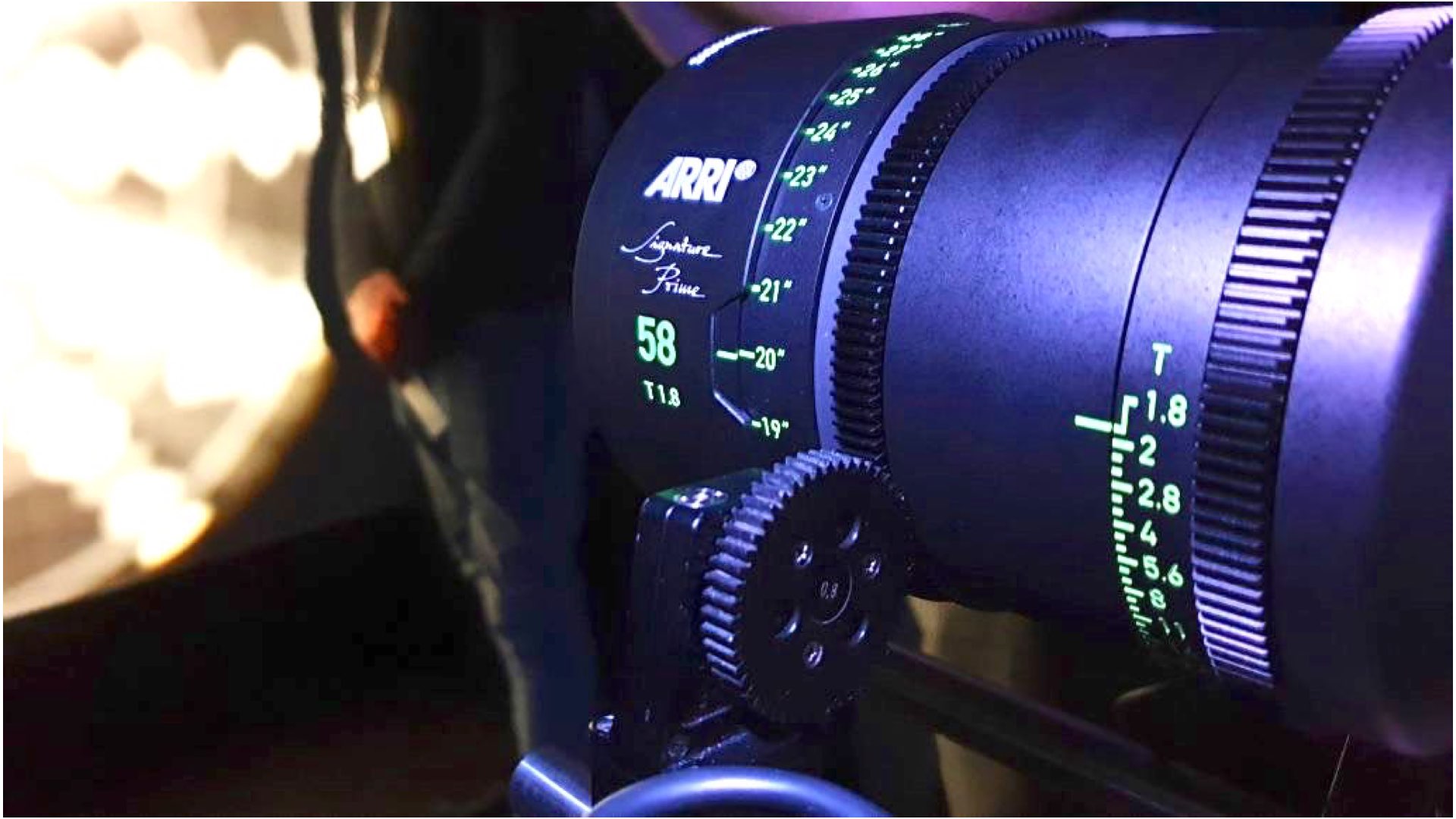
I don’t like vignetting; I don’t like breathing…. Can’t stand flares
1917 DP- Roger Deakins
Watch the whole interview below:
Final thoughts
It’s always fascinating to explore an old school cinematographer that uses a brand new technology. Deakins started with the ARRIFLEX 35BL in the 1980s, moved on to the ARRIFLEX 535 B in the 1990s, ARRICAM in 2000s, and made the transition to digital with ALEXA in 2010. “The format, to me, feels more like my stills camera,” he says in regard to the ARRI Mini LF. “I have always been a stills photographer since I was pretty young. So I feel more familiar with that format and that sort of depth of field than I do with regular super 35”.
The transition from Super 35 to Large Format
That’s a very intriguing statement since DPs have been shooting on super 35 for many years. In general, the Super 35 has been the standard for the motion picture. However, Large Format offers more almost everything and has its unique impact on storytelling (1917 is a useful reference for that). That’s the main reason why famous cinematographers are eager to check and test this format.
Do you think that the Large Format sensor will soon replace the traditional Super 35? Comment below.


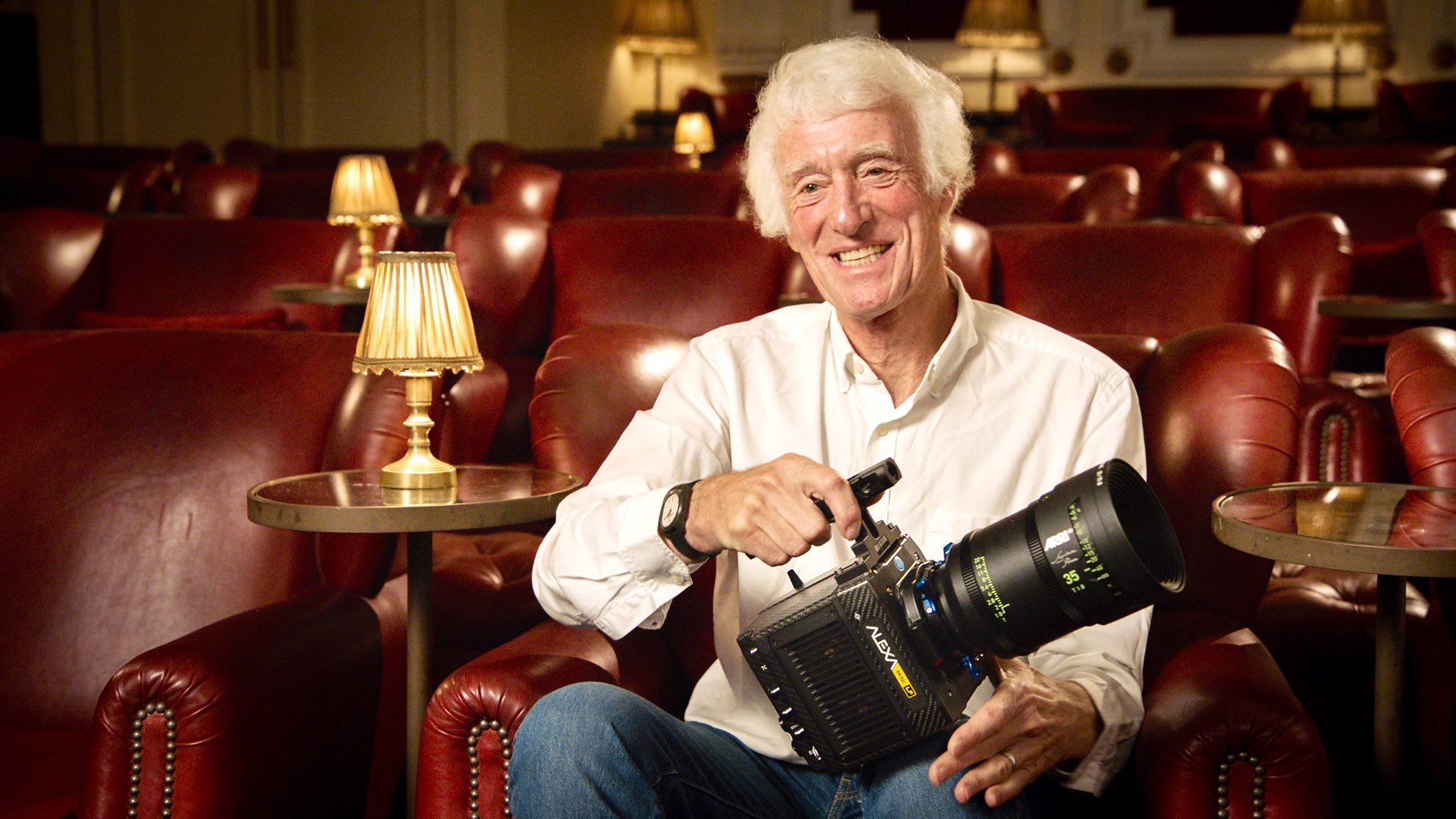
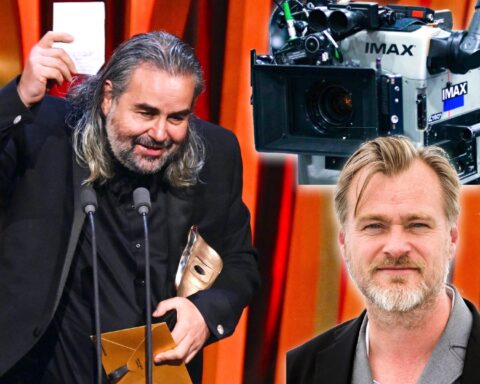
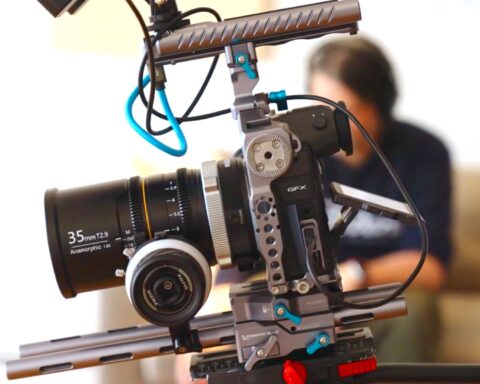
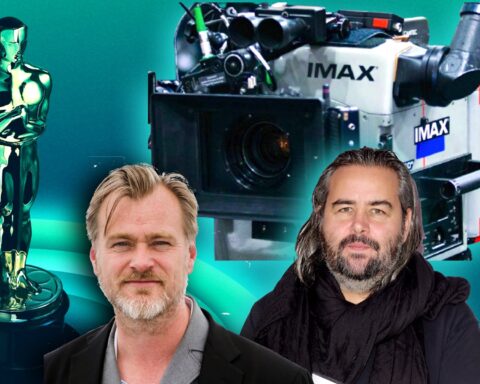
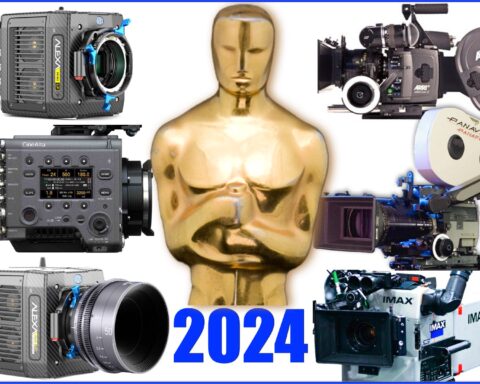
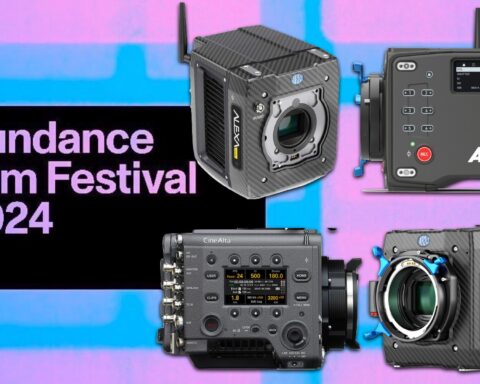
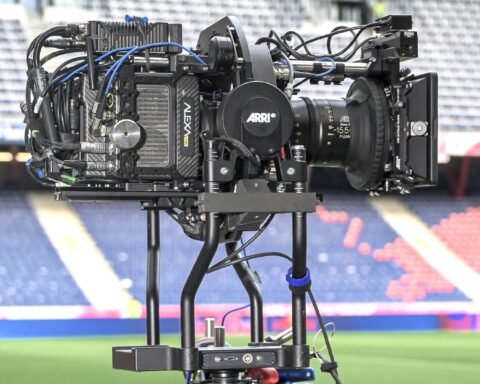

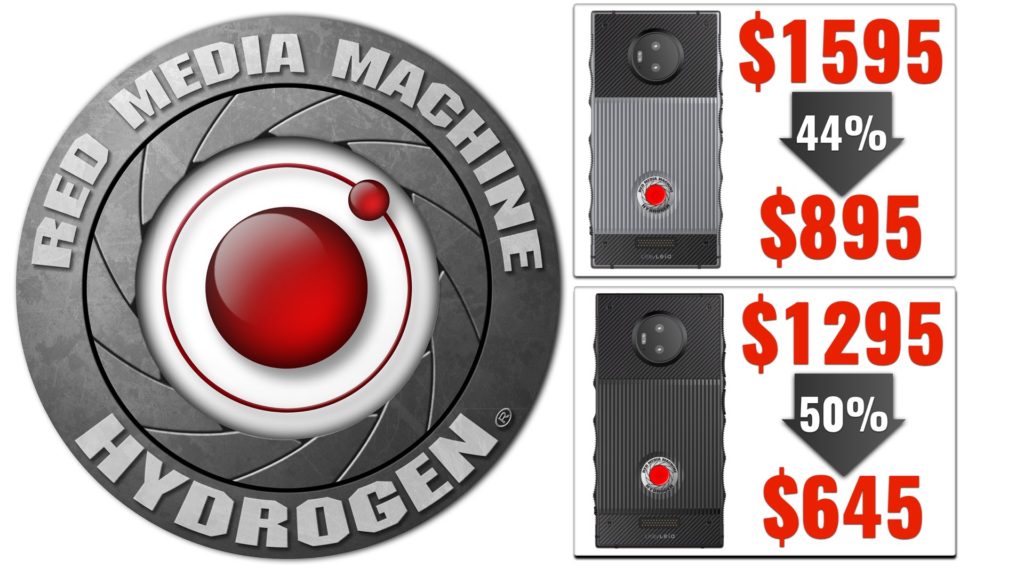
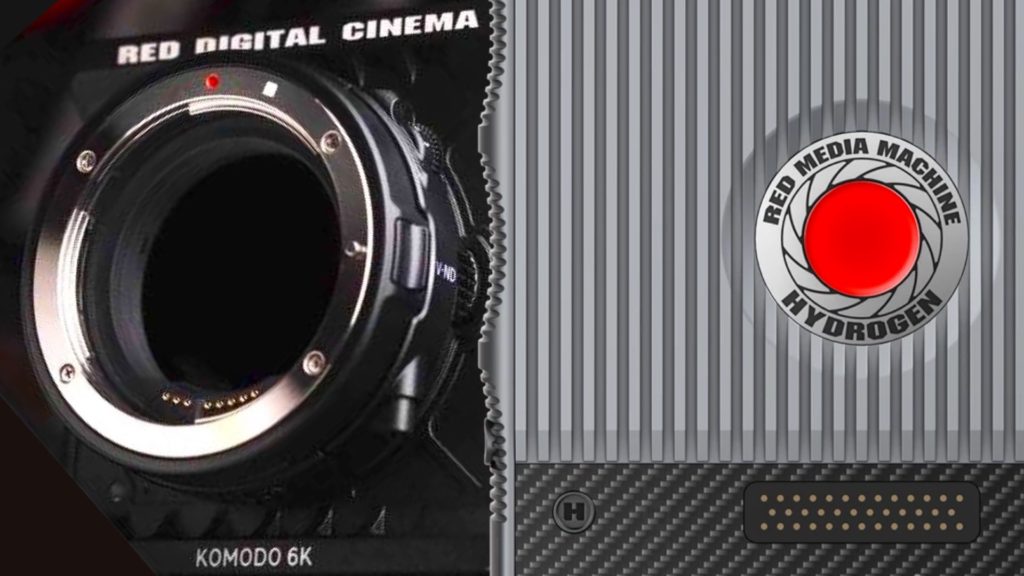
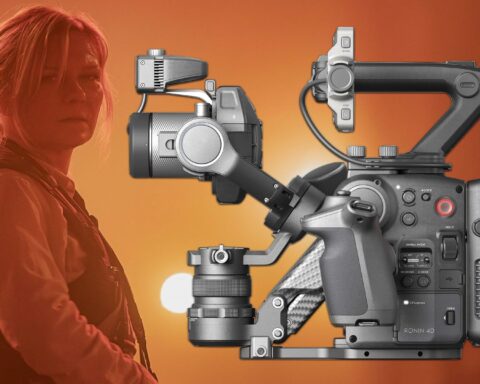




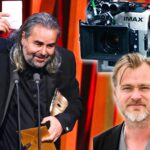
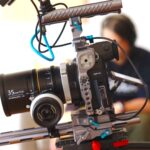
[…] on the technical aspects of 1917. For instance, I wrote about 1917 as the first movie that was shot on the ALEXA Mini LF, which granted this film its large-format look. Also, I wrote about the art of […]
[…] look is being desired by many cinematographers and filmmakers (besides Roger Deakins which can’t stand flares:-)). The pursuit after achieving that squeezed flared imagery has been initiated a lot of ventures […]
“Thus, you see 1.5 more in LF than in super 35, which means you will get a shallower depth of field, and faces will look better due to compression. LF facilitates intimate shots and makes them more compressed and beautiful”.
This is absoluty false. The compression of the lens is determined by the distance not by the lens. The perspective amb compression of one lens, for example a 40mm at 2 meters is exactly the same that a 28mm at the same distance. The only difference (if we have the same sensor size) is the deep of field of the image and the angle of vision. If we compare pictures taken with two cameras with two difference sensor sizes, for example super 35 vs Full Frame format (1.5x difference), and we take two lenses with this difference factor in the focal distance, for instance a 27mm and a 40mm (27×1.5 = 40,2mm), and we stay exactly at the same distance from the subject, we have exactly the same picture, with exactly the same perspective, the same “distortion” and the same angle of view. The only difference is the deep of field because we´re comparing a 27mm with a 40mm, but if you want exactly the same image, even in the deep of field, just multiply the f number of the 40mm for 1.5x and you have exactly the same picture, even in the deep of field.
The perspective is determined by the distance, never for the lens. I´m not telling this, the basic optical theory says it.
Jordi Bransuela
ESCAC Cinematography supervisor